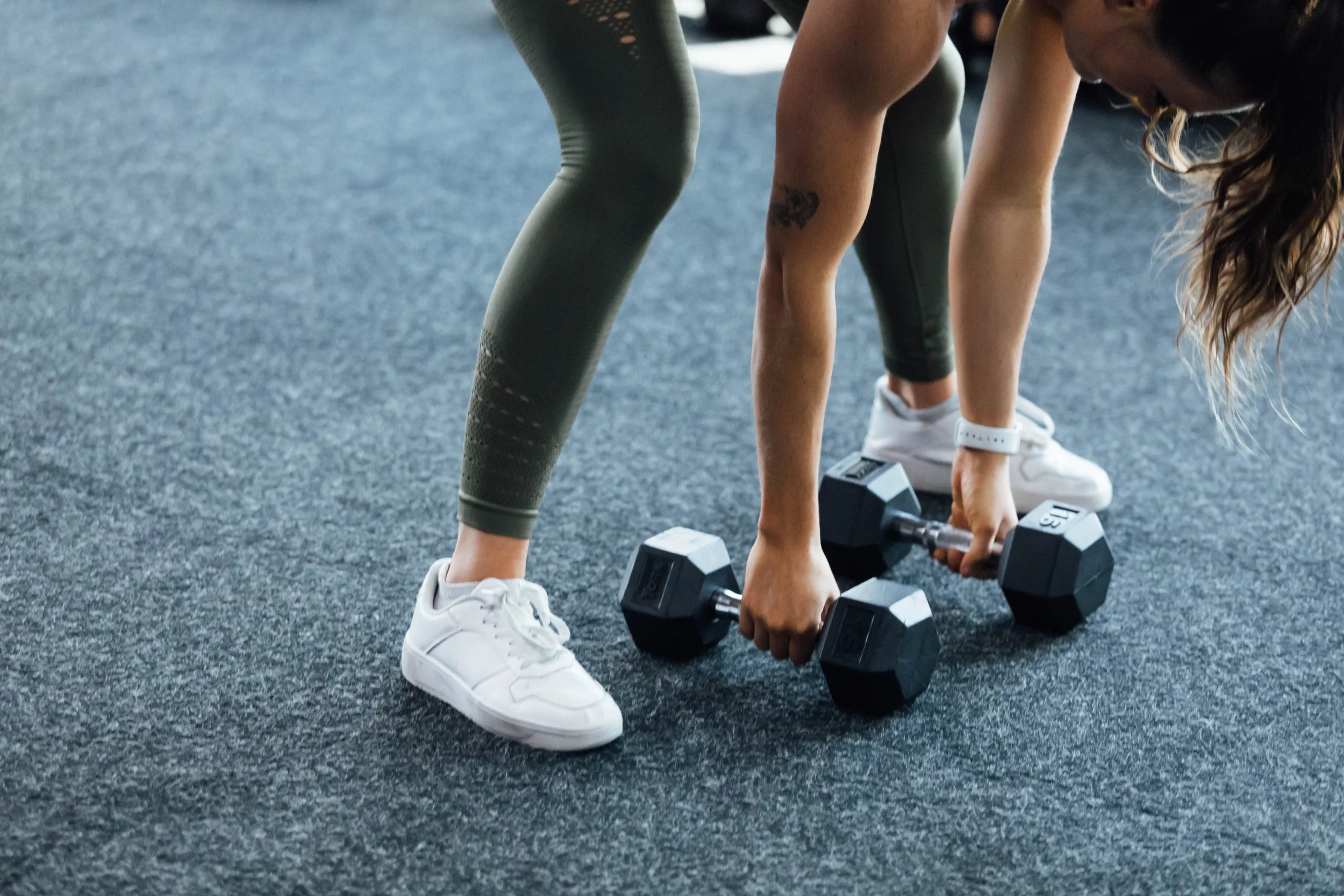Finding the Balance Between Recovery and Progress
We’ve all been there—those post-workout aches and pains that make you question if you can even walk, let alone hit the gym again. But how do you know when you’re really too sore to exercise? And more importantly, when can you push through without risking injury or overtraining?
The Importance of Recovery
Soreness is a normal part of the fitness journey. Known as Delayed Onset Muscle Soreness (DOMS), this feeling typically kicks in 12-48 hours after intense exercise. It’s a sign that your muscles are recovering from the strain and rebuilding stronger. That said, recovery is just as important as the workout itself. Without proper recovery, you decrease your bodies ability to build muscle and increase the risk of overuse injuries, fatigue, and burnout, which can slow down your long-term progress.
When to Rest, When to Move
While rest is crucial for recovery, being sore doesn't always mean you need to skip your workout entirely. In fact, doing some low-intensity exercises can actually help reduce stiffness and increase blood flow to the muscles, speeding up the recovery process.
Signs You Might Be Too Sore to Push Hard:
Sharp or intense pain in specific muscles or joints (this could signal an injury).
Pain that persists or worsens with movement.
Fatigue or weakness beyond just muscle soreness.
If you're feeling any of these signs, it’s best to give yourself a full rest day or engage in active recovery like light stretching, yoga, or walking. This Basic Vinyasa Yoga Practice with Hannah completely fits the bill and your body will thank you.
Signs You Can Still Exercise:
General muscle soreness without pain or discomfort in joints.
Mild tightness that doesn’t impede movement.
You feel energized and able to perform low-impact exercises.
In these cases, you can still stay active, but consider lowering the intensity. Try doing some light strength training with reduced weights or activities like cycling, swimming, walking. These exercises will keep your body moving without overloading sore muscles. We love this Active Recovery Workout with Liz!
Soreness doesn’t necessarily mean you need to completely halt your workout routine. Listen to your body and find the balance between pushing yourself and allowing time for proper recovery. On those days when you’re sore, aim for lower-intensity exercises that promote blood flow and mobility—this will help you recover faster, reduce stiffness, and still stay on track toward your fitness goals.
Remember, progress is made over time, not just in one intense workout session.



